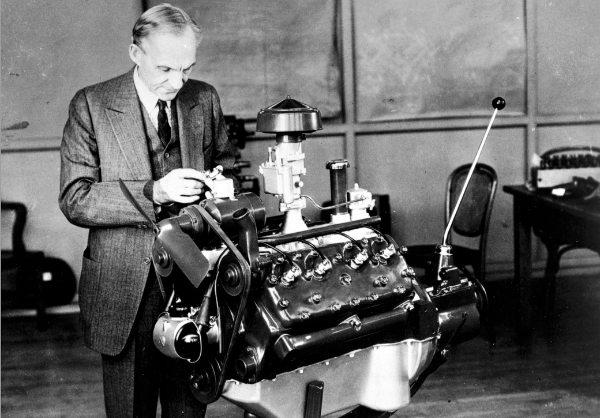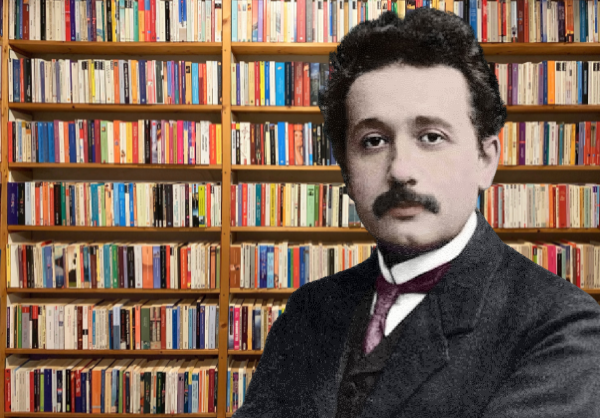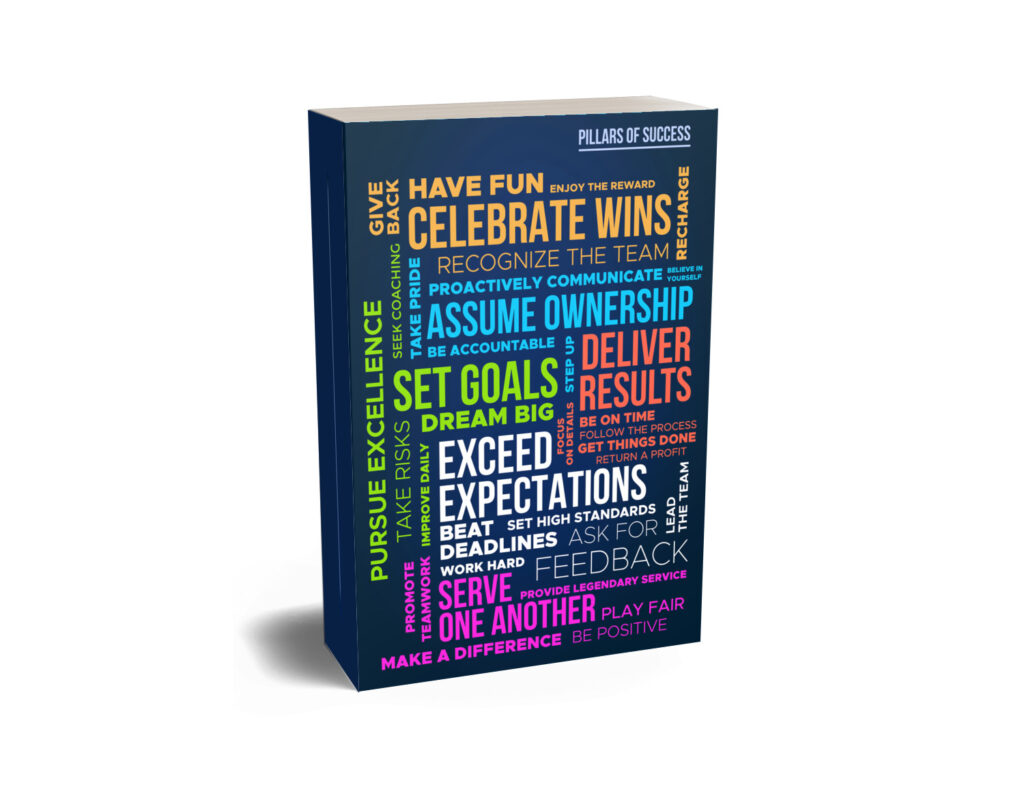In a world where meeting the standard is often the norm, the act of exceeding expectations is what truly sets individuals and organizations apart. It’s a philosophy that goes beyond mere achievement; it’s about redefining the benchmarks of success and excellence.
Both in a professional setting and our personal lives, the ability to consistently go above and beyond is not just advantageous; it’s essential for lasting success and impact.
As we progress on our collective journey of personal and professional development, it’s crucial to understand the significance of exceeding expectations. This involves recognizing its various dimensions and integrating practical strategies to transform this aspirational concept into a tangible reality.
By doing so, you set a course for not just meeting but surpassing the goals and standards set before you, charting a path of exceptional achievement and influence.
The Essence of Exceeding Expectations
To exceed expectations is to deliver beyond what is anticipated or demanded. It’s a proactive approach to challenges and opportunities, reflecting a mindset that continually asks, “How can we do better?” This ethos should permeate every aspect of an organization, from the visionary leadership to the diligent execution by team members.
Why is Exceeding Expectations Important?
- Fostering Innovation: By aiming to exceed expectations, individuals and organizations naturally push the boundaries of creativity and innovation. It’s the driving force behind breakthroughs and advancements.
- Strengthening Reputation: Organizations and professionals known for exceeding expectations solidify their reputations as leaders and pioneers in their fields, attracting top talent, loyal customers, and respected partnerships.
- Creating Value: Going above and beyond is a powerful way to create additional value. It can transform customer experiences, enhance product offerings, and improve operational efficiencies.
Dimensions of Exceeding Expectations in Leadership
Creating Value
Henry Ford’s transformation of the automotive industry is a prime example of how exceeding expectations and going above and beyond can lead to significant change. Ford’s vision extended far beyond the prevailing norms of car manufacturing; he aimed to revolutionize the entire concept of personal transportation. His philosophy, “If I had asked people what they wanted, they would have said faster horses,” reflects his forward-thinking and innovative mindset.
The introduction of the Model T and the development of the assembly line were not just advancements in automotive technology; they were radical changes that democratized car ownership and transformed American society.

“Henry Ford Looking at V-8 engine” by ndwariga is licensed under CC BY 2.0.
Ford’s approach to manufacturing focused on efficiency, affordability, and mass production, creating value that extended far beyond the automotive industry. His innovations influenced urban development, lifestyle, and even the global economy, showcasing the far-reaching impact of visionary leadership and strategic innovation.
His timeless legacy demonstrates the profound impact of going above and beyond the norm. By challenging conventional wisdom and focusing on transformative solutions, leaders can create substantial value, reshaping industries and influencing societal progress. Ford’s story is a powerful example of how exceeding expectations can lead to creating lasting value, not just within an organization but in the broader context of society and industry.
By fostering a culture of continuous improvement and strategic thinking, leaders can encourage their teams to think creatively and pursue visionary goals. This mindset not only drives organizational success but also sets new standards in the industry, inspiring others to follow suit.
Strengthening Reputation
Albert Einstein’s monumental contributions to physics and his journey in reshaping scientific thought are quintessential examples of how exceeding expectations can lead to a transformative impact. His famous quote, “Imagination is more important than knowledge,” was not just a reflection of his belief but the core of his scientific exploration.
Einstein’s theories, particularly the theory of relativity, were not incremental additions to the existing body of knowledge; they were revolutionary ideas that fundamentally altered the understanding of space, time, and gravity.

“Albert Einstein, early 1900’s” by huanjo is licensed under CC BY-SA 2.0.
Einstein’s journey was marked by intellectual bravery and a willingness to challenge established norms. His theory of relativity, which introduced concepts like the curvature of space-time and the equivalence of mass and energy (E=mc²), was a radical departure from the Newtonian physics that had dominated for centuries. This theory not only revolutionized physics but also had profound implications for the entire field of science, influencing the way we understand the universe.
Beyond his scientific achievements, Einstein’s approach to problem-solving and inquiry serves as a model for leaders aiming to build a culture of intellectual rigor and creativity. His ability to think beyond the conventional and to question established principles was at the heart of his scientific genius. This approach not only earned him the Nobel Prize but also a revered place in history as one of the most influential physicists of all time.
Einstein’s legacy in the scientific community is a testament to the power of going beyond the conventional and embracing innovative thinking. His story exemplifies how exceeding expectations can lead to a reputation built on pioneering thought and groundbreaking discoveries.
Leaders can draw inspiration from Einstein’s journey, promoting a culture where innovative thinking and problem-solving are not just encouraged but celebrated. By valuing and fostering intellectual curiosity and creativity, leaders can enhance their organization’s reputation for pioneering and transformative work, inspiring future generations to push the boundaries of what is known and explore new frontiers in their fields.
Fostering Innovation
Leonardo da Vinci, a mastermind of the Renaissance, stands as a timeless symbol of how exceeding expectations can lead to extraordinary achievements. His philosophy, “Learning never exhausts the mind,” was not merely a saying but a guiding principle of his life’s work. Da Vinci’s curiosity and relentless pursuit of knowledge led him to make groundbreaking contributions in various fields, transcending the typical boundaries of an artist or inventor.
In the realm of art, da Vinci’s work went far beyond the conventional, blending scientific precision with artistic mastery. His paintings, like the iconic Mona Lisa and The Last Supper, were not just masterpieces of visual art but also experiments in technique and expression, setting new standards in the art world.
His meticulous approach to his work, characterized by detailed studies and innovative techniques, demonstrated his commitment to going above and beyond the expectations of his time.

Da Vinci’s contributions to science and anatomy were equally remarkable. His anatomical studies, based on dissections and detailed drawings, provided insights into the human body that were far ahead of the medical knowledge of his era. These studies were not only scientifically valuable but also artistically exquisite, showcasing his unique ability to merge art with science. His exploration of human anatomy exemplified his belief in the interconnectedness of different disciplines and the value of comprehensive understanding.
Moreover, da Vinci’s inventive genius was evident in his numerous sketches and designs for machines like the aerial screw, an early concept of a helicopter, and the armored tank. These designs were not just imaginative sketches but serious explorations into the future of technology. They showcased da Vinci’s extraordinary ability to envision and conceptualize advancements long before they were technically feasible.
By encouraging teams to explore uncharted territories and redefine the standards of their fields, leaders can lead their organizations to groundbreaking achievements. Da Vinci’s life is a powerful reminder that by exceeding expectations, one can leave a mark that endures for centuries, inspiring future generations to pursue excellence in all their endeavors.
Practical Steps to Exceed Expectations
- Set Ambitious Goals: Ambitious goals act as a catalyst for exceeding expectations. They push individuals and organizations to stretch beyond their comfort zones. Setting high targets encourages innovative thinking and problem-solving, as it often requires new strategies and approaches to achieve these loftier objectives.
- Encourage Creative Solutions: Fostering a culture that values creativity and out-of-the-box thinking is essential. This means creating an environment where new ideas are welcomed and experimentation is encouraged. By doing so, you open the door to novel solutions that can surpass conventional expectations.
- Invest in Talent: People are the cornerstone of any successful endeavor. Investing in talent means not only hiring skilled individuals but also nurturing their growth and development. Providing training, mentorship, and opportunities for advancement can empower team members to exceed their own expectations and, in turn, contribute to the organization’s success.
- Embrace Challenges: Viewing challenges as opportunities to excel is a key mindset for exceeding expectations. Instead of shying away from difficult situations, embracing them as chances to innovate and improve can lead to breakthroughs and significant advancements.
- Deliver Consistently: Consistency is crucial when it comes to exceeding expectations. It’s about building a track record of reliability and excellence. This means not only achieving high standards on occasion but making exceptional performance a regular occurrence.
- Reflect and Refine: Continuous improvement is a vital part of exceeding expectations. This involves regularly assessing outcomes, seeking feedback, and being willing to make adjustments. Reflecting on both successes and areas for improvement ensures that strategies remain effective and aligned with the goal of surpassing expectations.
The Wrap
The practice of exceeding expectations distinguishes true leaders and innovators. A philosophy that transcends mere achievement; it’s about redefining the benchmarks of success and excellence. In both professional and personal realms, consistently going above and beyond is not just advantageous; it’s essential for lasting success and impact.
Ford, Einstein, and da Vinci didn’t just fulfill their roles; they reimagined and reshaped them, leaving indelible marks on their fields. These luminaries teach us that to exceed expectations is to deliver beyond what is anticipated or demanded.
This ethos should permeate every aspect of an organization, from visionary leadership to diligent execution by team members.







